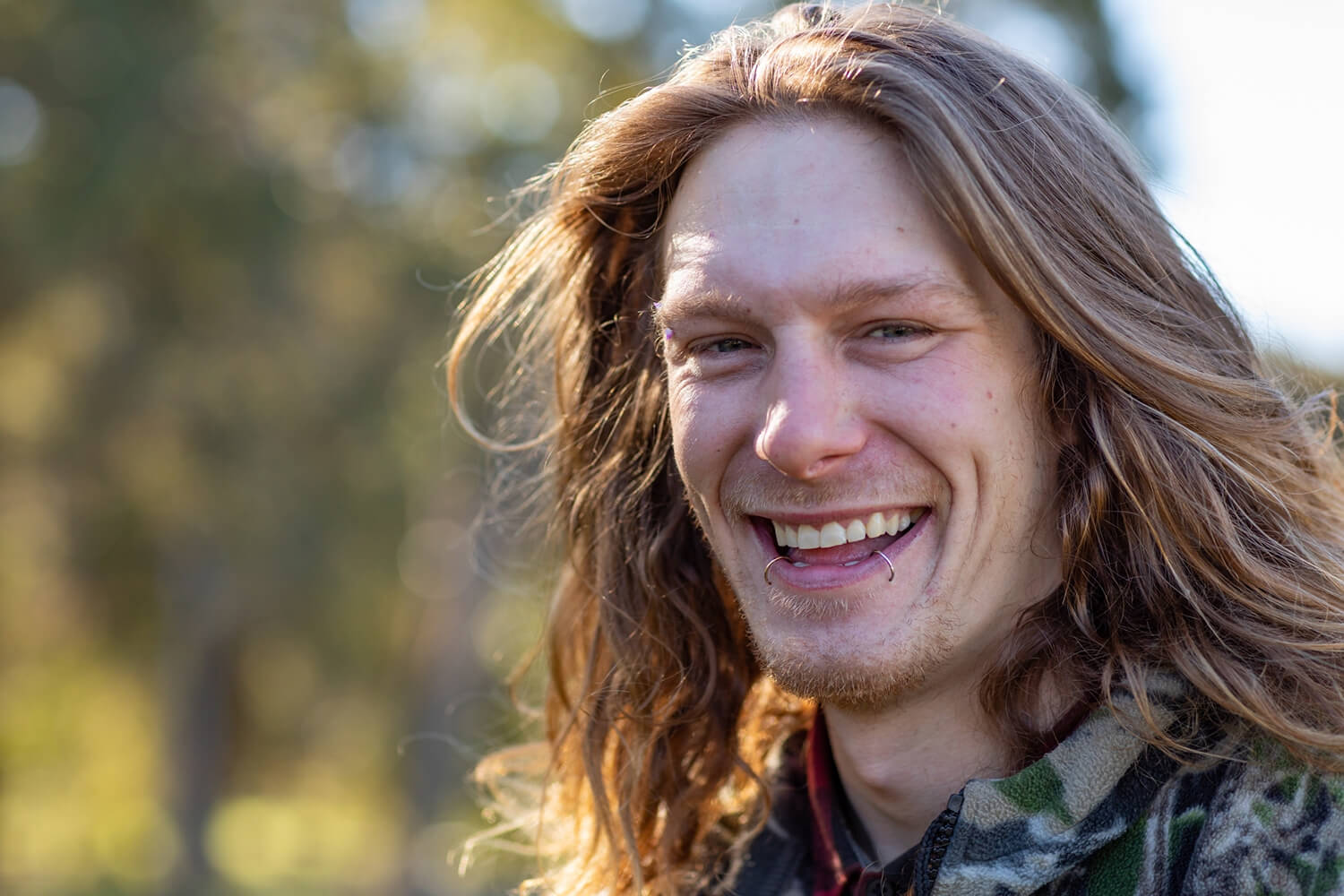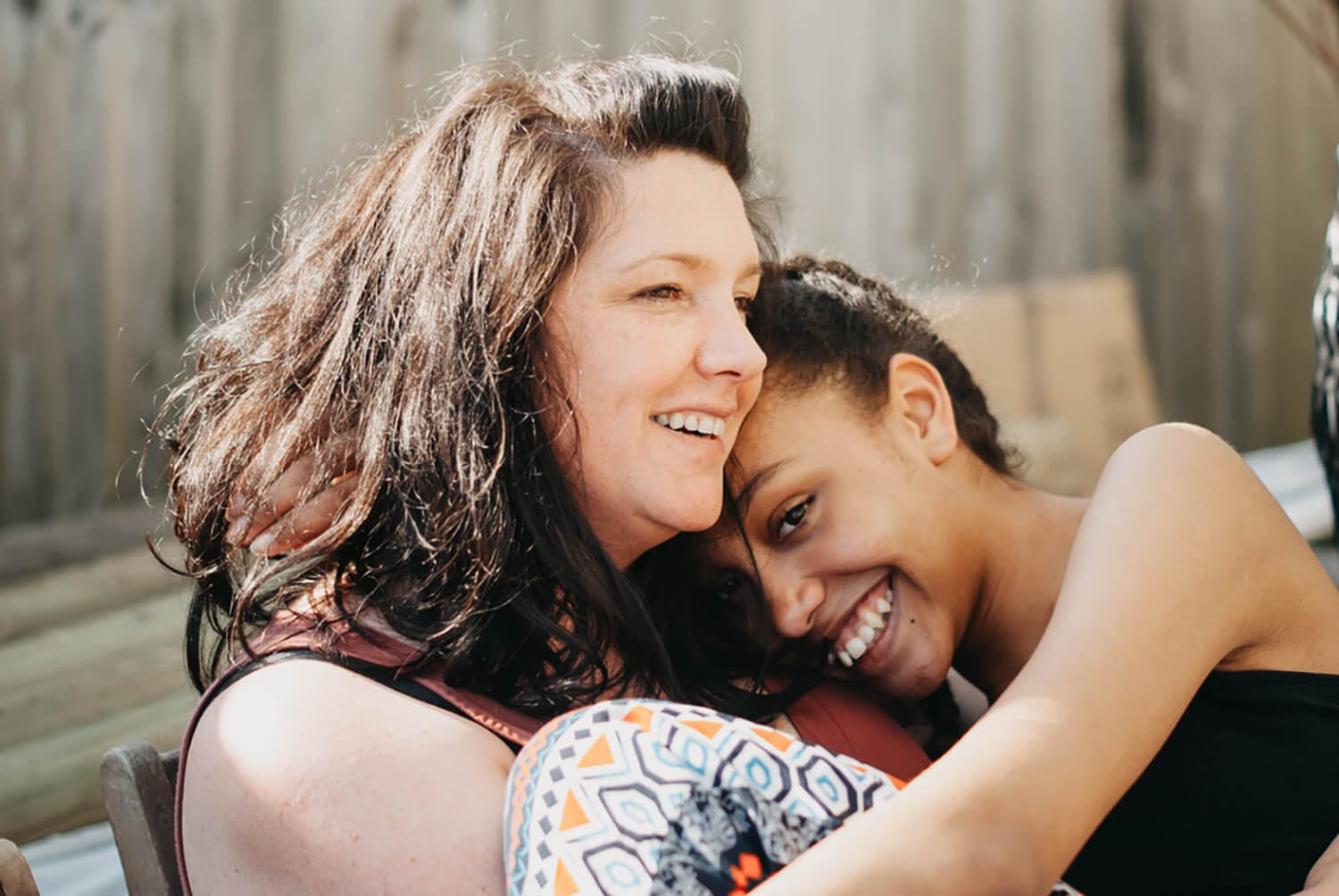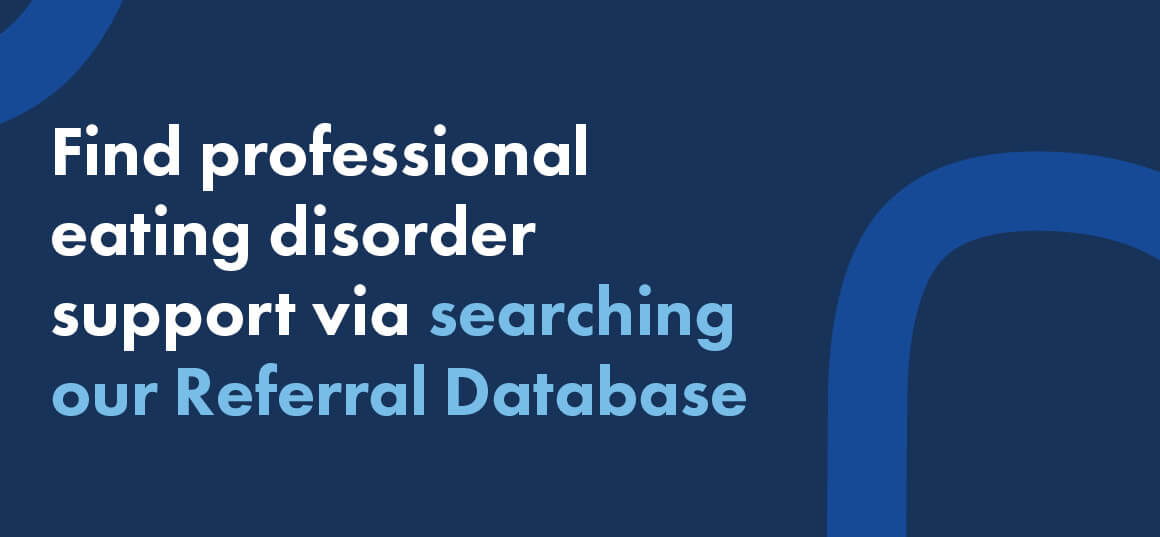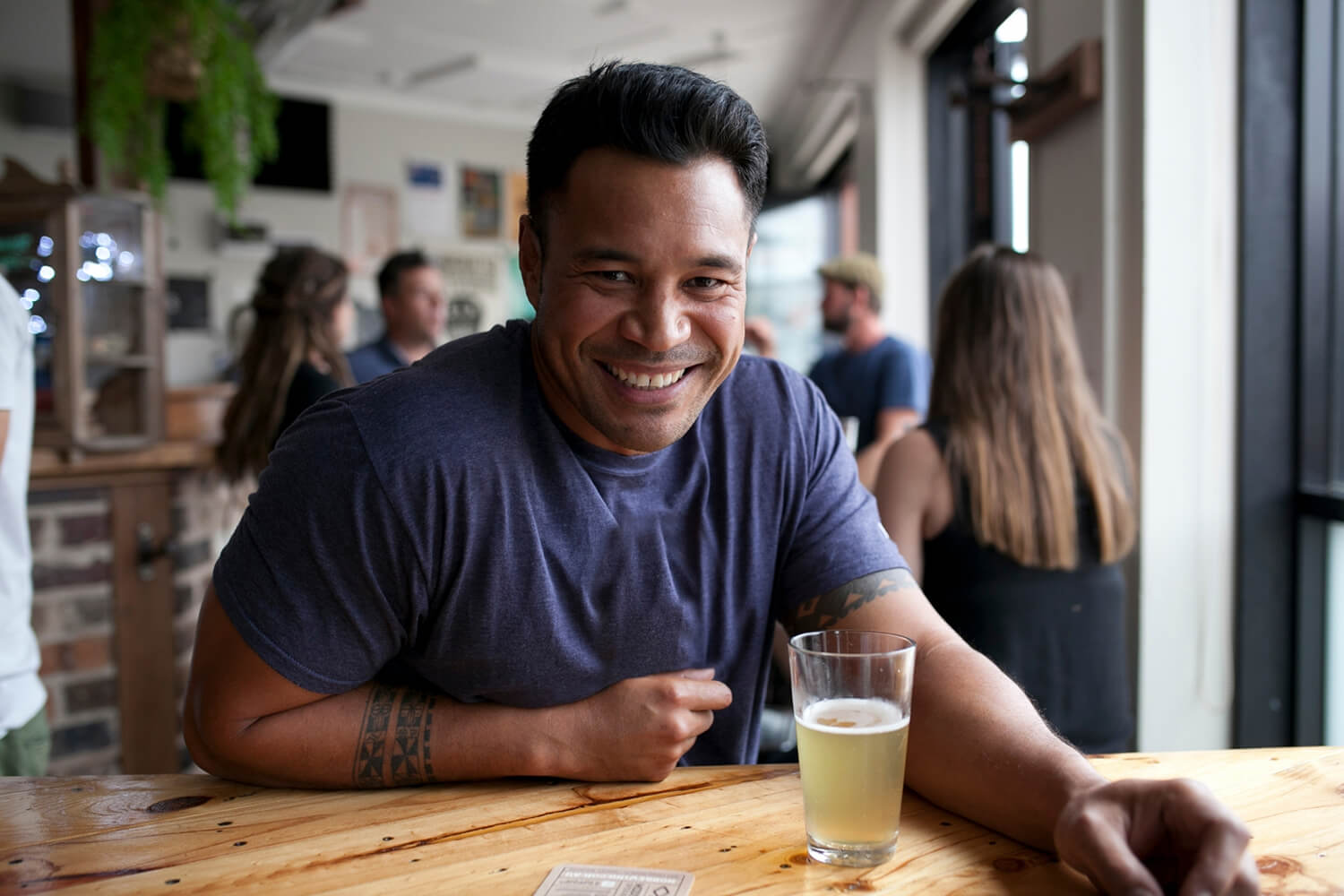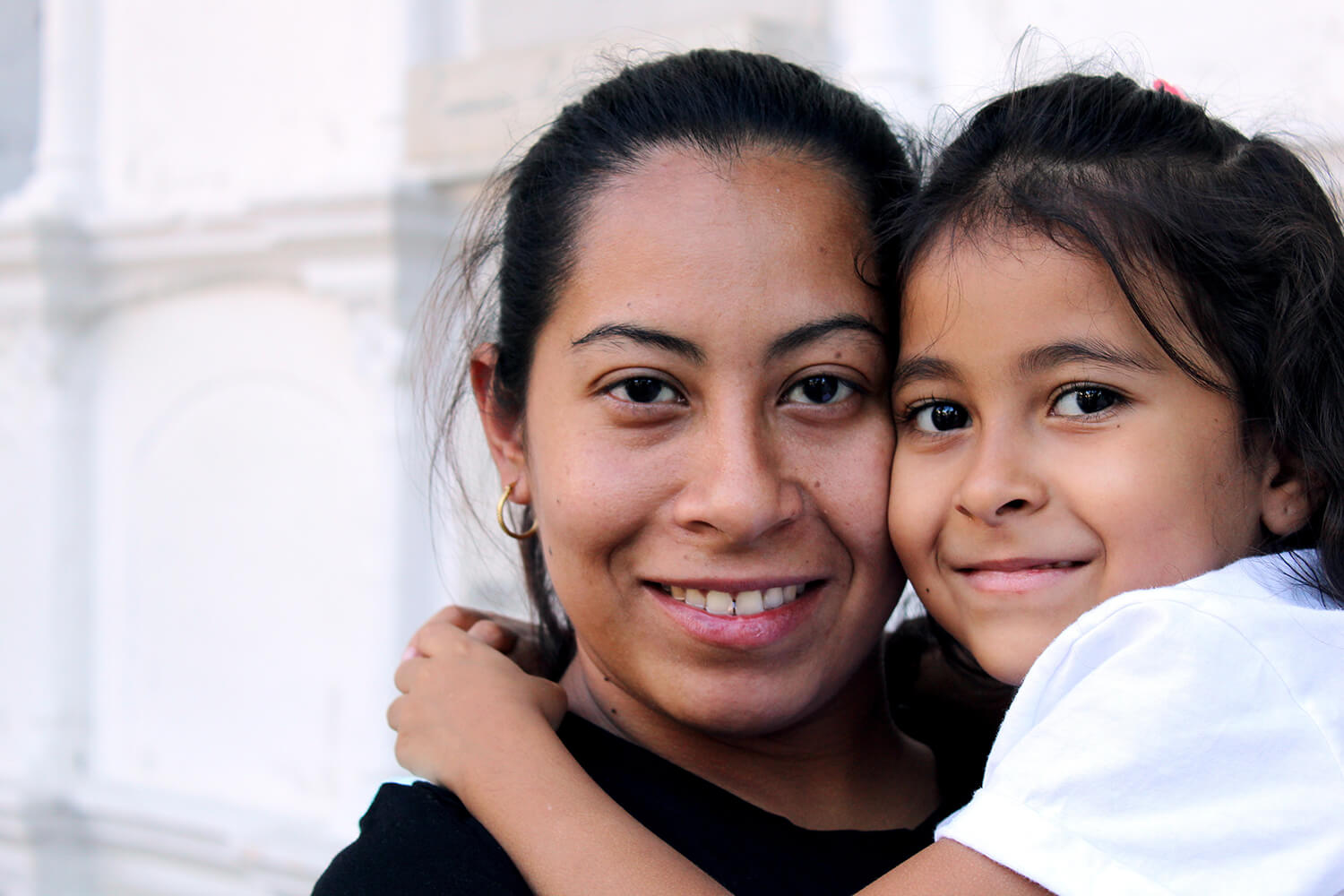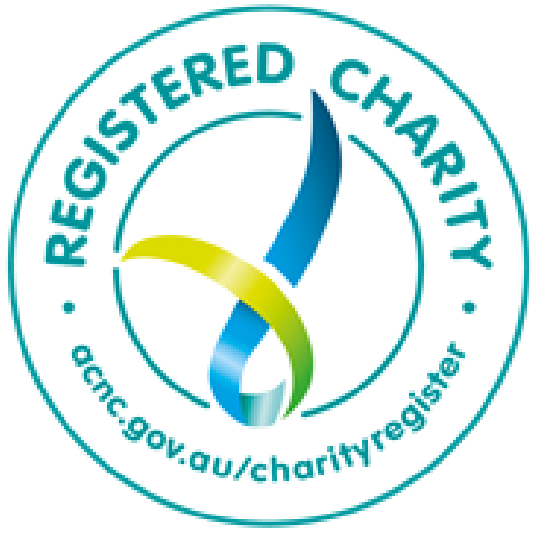In Depth with men’s body image expert Scott Griffiths
Dr Scott Griffiths is one of Australia’s top researchers in body image and eating disorders and a National Health and Medical Research Council Fellow at the University of Melbourne.
He’s currently involved in an ongoing study into the male experience of eating disorders.
In this In Depth episode, Dr Griffiths challenges the myth that men are not impacted by either body image issues or eating disorders. While people usually think that only young, privileged, white women experience eating disorders, the truth is that 30% identify as male. Dr Griffiths thinks this percentage may be much higher because men are reluctant to speak up or seek help. Still, there are intense social pressures on men to look a certain way, and this puts them at risk.
“If we assume that the eating disorders we see and know about are all that are out there, then men are a minority of diagnoses”, he says. “But it wouldn’t surprise me if there are many more men affected. We just don’t see them because we don’t know how to find them.”
Find out how Dr. Griffiths managed to reach men for his research work, and what Butterfly is also doing to provide education, information, and much needed support.
Find out more about DR SCOTT GRIFFITHS
BUTTERFLY’S RESET PROGRAM FOR BOYS’ BODY IMAGE
Dr Scott Griffiths:
We have not had a reckoning of how important we want physical appearance to be in society because it is. It is important. So, when people with eating disorders, males, include overvaluing their appearance, there is a degree of, well I can understand that because we value it a lot.
Sam Ikin:
This month for Let’s Talk In Depth we’re going to spend some time with Dr Scott Griffiths. He initially joined us in Episode Two of Season One, Men we need to talk. He’s one of Australia’s top researchers in eating and body image disorders, and he’s a National Health and Medical Research Council fellow at the University of Melbourne. He’s currently involved in an ongoing study into the male experience of eating disorders. As you know, one thing that we love to do on this show is challenge the stereotype surrounding eating disorders. Researchers tell us that people usually think of a young, wealthy white woman when they think of someone who might suffer from an eating disorder. But the statistics tell us that men are affected far more than many people realise. And Dr Griffiths says he thinks that’s just the tip of the iceberg.
Dr Scott:
Men on average tend to be quite different. It stems from the types of bodies that men and women want for themselves. If you take 100 boys and 100 girls and you say, hey, what do you want to look like? What stresses you out? How do you think you should look? Invariably, girls will describe wanting to be thin or skinny or toned; they probably won’t mention things like their height, for example, or to be conspicuously muscular. But boys will. They’ll use terms like I want to be jacked, I want to be built, I want to be tall. And the basic thesis is that eating disorders reflect the differences in how people go about trying to get those bodies for themselves.
Sam:
Is this something that occurs in men as frequently as it does women? Because I know that’s certainly not how the diagnoses are stacking up.
Dr Scott:
It depends. So if we assume the eating disorders that we see and know about now are all that are out there, then men are a minority of eating disorder diagnoses—except perhaps for binge eating disorder when men account for approximately half. But a large thrust of what our research team does and what research teams around the world are finding is that, if you accept that how eating disorders manifest differs depending on the population you’re looking at, it would not surprise me if there are many more men with eating disorders out there. We just don’t see them because we’re not ready to look for them. They come and see us.
Sam:
I guess that feeds back into the problem that we have with stigma, which is a massive thing for both men and women. But I think for men in particular, there’s probably a more stark issue with coming forward in the first place.
Dr Scott:
Men are really reluctant to go and see a doctor in the first place, to talk about these things with their friends, and to engage with a psychology professional, if that’s what’s required. One of the easiest things to point blame at is masculinity and adherence to traditional ideas of that, which discourage help seeking because self-reliance and being emotionally equipped and in control is a part of that traditional masculine archetype. And sure enough, the dudes who have muscularity-oriented eating disorders, they are particularly adherent to those ideals of masculinity. And I think that is a large contributor of why the eating disorder field just does not see those men.
Sam:
So tell me what different types of eating disorders or what different reasons there are behind the eating disorders for men.
Dr Scott:
So you can have relatively low key differences in the eating disorders we already know about. For example, in binge eating disorder, if you look at the type of foods that men and women binge on. For women, you are more likely to get foods that are very high in sugar, whereas men will go for more meaty protein-heavy, savoury foods. And to the extent that you get those foods from different places, the nature of binge eating looks different. But that’s a relatively low-key difference. High key difference would be what kind of drugs might a young boy and a young girl use if they’re trying to achieve the body types that boys and girls typically want. It’s again, the very tip of what we think is an iceberg of, that the eating disorder field doesn’t see all that much.
Sam:
Most of this seems to be stemming from societal problems, problems with our society that we just don’t sort of accept these kinds of problems and have ways to deal with them. Can anything be done?
Dr Scott:
Plenty can be done. And it depends on the level of analysis you’re talking about. If we’re talking about society, for example, we have not had a reckoning of how important we want physical appearance to be in society because it is important. Literally, everyone puts some degree of effort into their appearance, whether it’s how they dress themselves or style their hair or the type of people they are attracted to and pursue. I don’t think we’ve had that reckoning. So, when people with eating disorders, males, include overvaluing their appearance, there is a degree of, well I can understand that because we value it a lot and it seems to be overvalued. So, you overvaluing it as well is not completely unrealistic. I think it’s unjust and a tragedy, but that’s where we’re at. If we want to see more men coming forward, we need to make efforts to go out and find them where they are. This means using methods and channels that are different to what we’ve been doing, which we tend to use and are successful with respect to getting young women or women in general to come along. That’s been a big part of our team’s focus trying to get to men where they are.
Sam:
What are the ways that we can reach out to men? What are the ways that we can let them know that there’s help?
Dr Scott:
One example, a study that we launched, it’s called Gay Bodies Worldwide, it was a collaboration between our research team and Grindr, the hook-up dating application for gay men. We co designed animations that would function as advertisements. So, when you were swiping in the app, you would see one of six animated advertisements telling people to come into this study. We launched just over three million of those around Australia, around Canada, the USA, and the UK, and ultimately recruited 8000 people into that study, which is the largest longitudinal study of gay men in history. We did that on a $30,000 budget. And I think that with more meaningful efforts like that where you only design your study, or your outreach initiative once you’ve got the method for getting to men and substantial numbers of men in place, getting that upfront, then you can make this happen. But it really requires you to sit down and say, where are men? How do we access them?
Sam:
You said there’s going to be a reckoning about how we judge appearance and how we treat appearance. Can you tell me a little bit more about that?
Dr Scott:
We’re approaching the point where technology is allowing us to shape our appearance in increasingly radical and permanent ways, whether that’s advances in plastic surgery or the advent of gene editing for embryos, things that allow us to shape our appearance to be more in line with an appearance that we value, but which is largely, I would say, co-opted by what society values or deems attractive. So, if we’re going to reconcile with these technologies, we have to reconcile how important we want appearance to be in our lives. It’s just unfair to have people valuing their appearance and to manipulate their body weight and then to turn around and call them vain or tell them to outright stop when all of society clearly values it so much. I think with a reckoning we decide, hopefully, that it ought to be a lot less important because unless we do that, people will still get caught in this bind.
Sam:
But isn’t it human nature? Isn’t the whole idea that men desire women who look a particular way, they will be quite open about that. That’s what they find attractive. How would you change that?
Dr Scott:
We should always be careful when we allude to the natural order of things. Evolutionary psychology is guilty of this often where it’s assumed that the current way of things, how things are, is necessarily how things ought to be because we arrive at these points through natural selection or through forces that are generations and generations, tens of thousands of years old. And this has been used to justify all sorts of things that we have now changed. The accounts of racism, for example, to draw on the Black Lives Matter protests, that was also spoken about in terms of the natural order of things. It would have been considered extremely radical to conceive of the sort of world we have now as flawed as it still is. We shouldn’t just accept that men’s preference for thinner women or women’s preference for taller men—to just draw a gendered parallel— is natural and therefore unmodifiable. Because we are invested in this field and these psychological disorders. If it turns out that it’s not immutable and it can be changed, we will staunch the flow of eating disorders. We won’t have to do all of this effort to fix the problem. The problem will in large part diminish.
Sam:
What are some services and things that are perhaps missing directly on the ground? What are the services that we need for men?
Dr Scott:
Existing services could do more to bring in more men and in doing so, they would be able to do the kind of work that tailor things for the men in their service. It’s a pretty expensive undertaking in terms of money and time to try and develop some specific service for men—I know budgets are limited for services that do this kind of work everywhere. That more effort on reaching those populations in a meaningful way is necessary. I don’t think adding stock images of men to websites, for example, which I’ve seen done and which comes from a place of good intentions is effective at all in getting men who never in their minds are thinking to google the Butterfly Foundation for example. And that’s not to denigrate the Foundation because they do incredible work and are always trying hard. It’s just the reality of how gendered eating disorders can be.
Sam:
And Butterfly is quite open to say that more needs to be done in reaching the male contingent of the people that they need to be reaching.
Dr Scott:
So that’s great. And look, everyone does. The researchers, clinicians, it’s hard, it’s hard to ask a service to go and reach out to a population that even researchers find it difficult to reach.
Sam:
So, what would be some of your suggestions initially for it? If you wanted to make a start in moving in the right direction?
Dr Scott:
It depends on who you are. If you’re a service and you want to reach out to a particular group, let’s say that you wanted to reach more gay men who we know are susceptible to eating disorders, relative to heterosexual men. Then your first thoughts are where do gay men congregate what organizations are already in that space could we work with and work together to help reach them? And if we reach them, what are we doing with them? So that when they enter our service for the first time, it doesn’t feel like they’re just being tacked onto existing services. They’re big asks and require dedicated resources that are often in short supply.
Sam:
We talked a lot about how eating disorders and other mental health issues are often found together. And we’ve seen how anxiety and depression, or OCD can quite often occur with eating disorders. Should organizations that provide services for individual mental health conditions be working more closely together?
Dr Scott:
Absolutely. I think when you first approach the field of psychological disorders and you read the DSM or any similar classification system for the psychological disorders, you get the impression that there are these distinct boxes that people fall into. And if you have that checklist of symptoms, then you are that. But a better way to think about it is that there is this giant floating sphere of psychological malady that humans can experience, and it is so massive and complex that we reach into that sphere and just carve out whatever seems to cluster together enough often enough, that we can put a label on it so we can understand it. But that is so far from a full understanding, and this is why people move between eating disorder diagnoses all the time. This is why there seems to be so much overlap, why there are always contentious debates over classification. And it means that, really, we ought to be talking a lot more and to stop worrying so much about the precise disorder that people fall into or do not. Because, look, at the end of the day, we just aren’t there. We have overlap all the time.
Sam:
Now, that’s a very long, complicated story…
Dr Scott:
I’ll just, I’ll just throw in a little shot against research fiefdoms built on diagnoses like that. People who insist I am the king or queen of, say, binge eating disorder. And it’s like no, because they’re all interconnected and rather than hoarding and protecting resources and we could be working together.
Sam:
Is there anything else about eating disorders, particularly when we’re talking about men that you think is relevant for our discussion?
Dr Scott:
I think often, when I speak about male eating disorders, I’m talking on this thesis that eating disorders in men can look very different. And I usually point to some of the most different manifestations of them, which often attract follow up questions so that I can illustrate that point that eating disorders can be very different. But it’s important to note that there are a lot of men out there who have eating disorders that look like what you might call the archetypal eating disorders in women. So, boys and men can get anorexia. They can want to be thin. And the adjustments you need to make can be as simple as using the correct normative data when you’re running clinical work with males so that you’re scoring males against other males in terms of the severity of their symptoms as opposed to women.
Sam:
Thank you very much for being so available and generous with your time. I really do appreciate that.
Dr Scott:
It was a pleasure. I thought they were really thoughtful questions.
Sam:
To find out a bit more about Dr Scott Griffiths and the work that he’s done, I’ve put a link to his profile at the University of Melbourne in the show notes. He’s done some really interesting studies and I highly recommend that you check them out if you’re a nerd about things like that, like I am.
Remember that help is available for anyone struggling with an eating disorder through the Butterfly helpline on 1 800 ED HOPE, that’s 1 800 33 4673. And I’d like to draw your attention particularly to the RESET program on the Butterfly web sit. It’s a conversation about boy’s body image and it’s there for boys and their carers. There’s also a page within the Butterfly website specifically dedicated to men, eating disorders and body image if you think you’re at risk or would like to know a little bit more. If you like this episode of the Butterfly podcast, you might want to write a review or leave us a rating wherever you get your podcasts. We would really appreciate it and remember, as always, please, share it with a friend. I’m Sam Ikin. The Butterfly podcast is an Ikin Media production for Butterfly Foundation.




